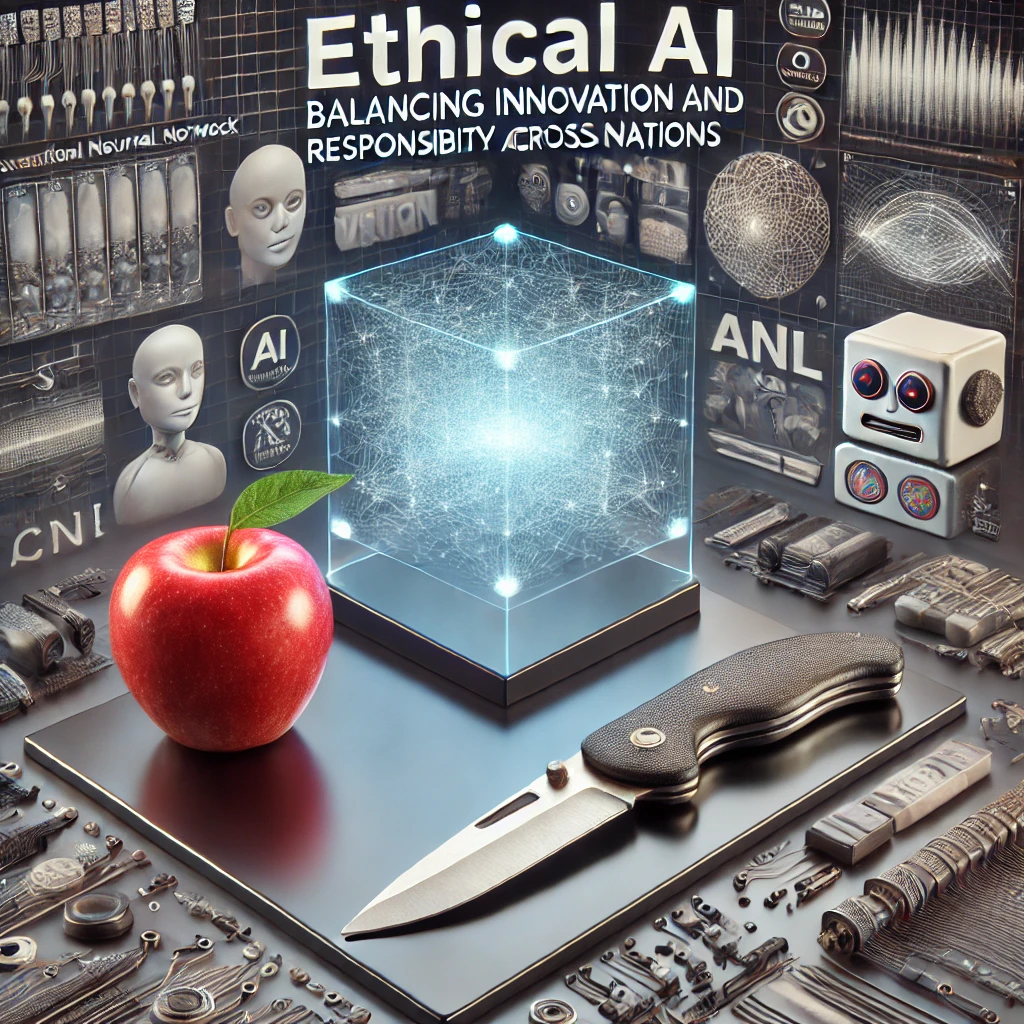Articles

Memories of 1992 Bhopal Riots: A Child’s Perspective and the Struggles of Government Employees
The 1992 riots in Bhopal, following the Babri Masjid demolition on December 6th, remain one of the darkest memories for those who lived through them. It was a time of fear, uncertainty, and communal tension that affected people from all walks of life—including government employees and school children. The Day It Began: A Child’s Memory- I was a student at All Saints High School, Idgah Hills, in the second class, too young to fully understand the gravity of the situation. It was just another school day, but soon after our morning classes, the atmosphere changed drastically. All students were assembled in the little ground towards Pari Park, while teachers and staff scrambled to make phone calls and coordinate with the administration to ensure our safe return home. For many of us, home was not safe anymore. My locality, Jahangirabad, was one of the worst-hit riot zones, making it impossible for anyone to escort me there. That was when my maternal uncle, an engineer in BSNL, stepped in. He not only picked me up but also gathered several others—women, children, and fellow employees—who were stranded, and took us to my maternal grandfather’s house. A Refuge in Koh-e-Fiza- At that time, Koh-e-Fiza was on the outskirts of Bhopal, far from the chaos. We were crammed into a 2BHK apartment, which quickly turned into a makeshift refugee camp. There was limited access to restrooms, the kitchen, and even space to sleep properly. Women cried as they received distressing news about their loved ones, and fear loomed over all of us. We had no certainty about when the nightmare would end. The government employees, especially those in BSNL and other essential services, had a unique struggle. Many were called to duty despite the dangers, as communication lines were crucial for maintaining law and order. Employees had to walk miles to their offices, dodging violent mobs, just to keep the phone lines running. Some faced threats simply for belonging to a certain community or working in a government institution. The Army Restores Order- After a week of horror, the Indian Army stepped in, bringing some calm to the city. Only women were allowed to step out during the day to buy necessities. Night curfews remained in place, keeping people locked in their homes. Eventually, I was able to return home, but the city I once knew had changed forever. Even in school, we could see the impact of the riots. Children, influenced by conversations at home, started discussing ‘Hindus did this’ and ‘Muslims did that.’ Some were even told not to reveal their names to strangers, fearing repercussions. That was the first and, thankfully, the last time such a large-scale communal riot occurred in Bhopal. A Lesson in Humanity- While the riots divided people on religious lines, my experience taught me the opposite. It was a Muslim uncle who ensured my safety and that of many others, without caring about religion or identity. The true essence of Bhopal—the spirit of brotherhood and coexistence—was evident in moments like these, even during the worst of times. The 1992 riots were a turning point, leaving scars on the city’s soul. But for those who lived through it, they were also a lesson—a reminder of how fragile peace can be and how unity, above all, is what truly defines us

Ethical AI: Balancing Innovation and Responsibility Across Nations
Ethical AI: Balancing Innovation and Responsibility Across Nations** Artificial Intelligence (AI) mirrors the human mind in its capacity for both beneficial and detrimental applications. Like human intellect, AI is not inherently malevolent; its impact is determined by its usage. Recognizing this, countries worldwide are actively promoting ethical AI development. The United Arab Emirates (UAE) has approved a policy to reinforce its global leadership in technology, emphasizing international cooperation and ethical standards in AI. India, as a founding member of the Global Partnership on Artificial Intelligence (GPAI), collaborates internationally to ensure responsible AI advancement. In the United States, AI is integral to various sectors, with ongoing efforts to address ethical considerations. Israel has joined GPAI, reflecting its commitment to ethical AI development. AI encompasses machine learning, where systems process extensive data to make predictions, such as distinguishing between images of cats and dogs. While these systems can achieve high accuracy, they are not infallible and can make errors. Machine learning involves training algorithms on data to identify patterns; deep learning, a subset of machine learning, uses neural networks with multiple layers for complex pattern recognition. Natural Language Processing (NLP) enables machines to understand and generate human language, facilitating applications like chatbots. Object recognition allows AI to identify and classify objects within images or videos. Contrary to sensationalized portrayals in media, current AI technologies lack autonomous consciousness and do not possess intentions, making scenarios like a "Terminator"-style takeover unfounded.. Therefore, to summarize AI is an umbrella term wherein Machine Learning is for structured data like housing prices, inflation whereas neural networks layering baseed Deep Learning is for object, speech identification or classification. Ethical development and application of AI are paramount to harness its benefits while mitigating risks and with this conclusion we complete our dialogue on AI.